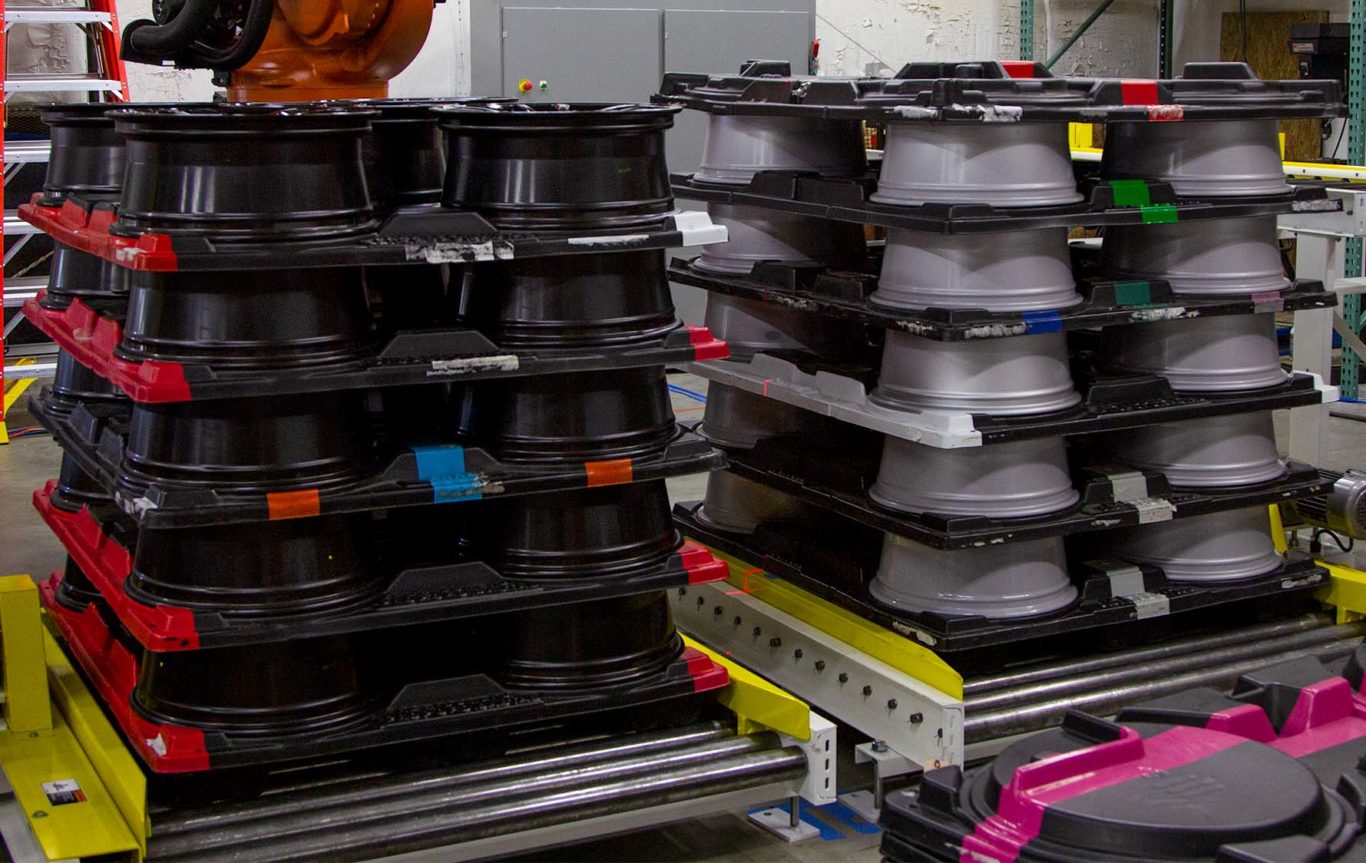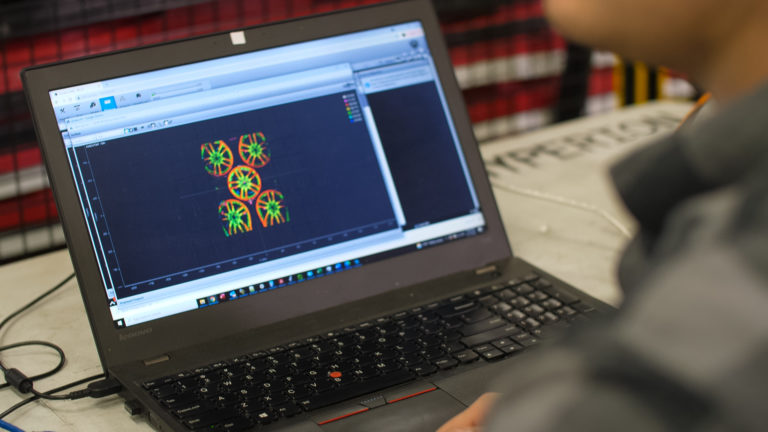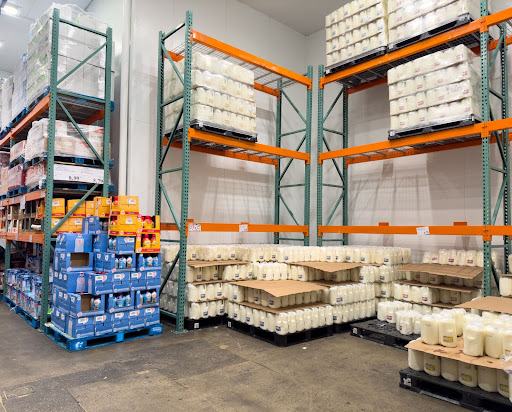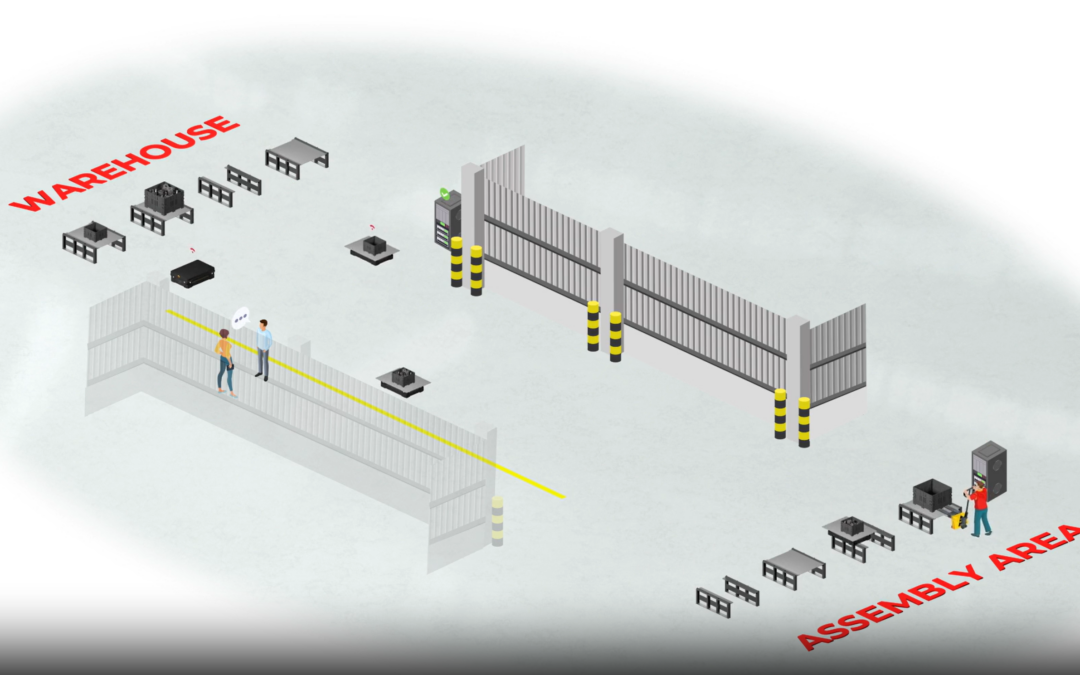Eliminate Difficult Manual Labor While Increasing Throughput
When a wheel manufacturer approached Hyperion with a list of challenges, our team of experts got to work providing custom solutions to meet their goals.
In the previous process, employees would manually unload heavy alloy wheels from a pallet onto an inclined conveyor that would transport the wheels to another area for machining. Hyperion’s main goal in automating this process was to eliminate manual labor and the heavy lifting employees performed while increasing throughput.
The Challenge
The customization challenges that Hyperion faced were threefold:
- In order to save costs and use existing inventory, the manufacturer asked Hyperion to find a solution using a specific Kuka robot.
- Palletized wheels have dunnage between each layer to protect them and a plastic pallet at the bottom of the stack. Each of these components needed to be moved and sorted into piles depending on their size and type, as the wheels and dunnage varied in size.
- The process had to be fast, increasing throughput from around 200 wheels per hour when done manually to 385 wheels per hour with automation.
Redesigning the Cell
To more effectively meet these established goals, the Hyperion team moved from developing the existing cell to proposing a new solution. The previous conveyor had space for employees to move wheels 180 degrees from the pallet where they were picked up to the conveyor itself.
Hyperion’s team of experts creatively found ways for the robot to move a large number of wheels and three different types of materials quickly in a radius that the large robotic arm could safely and effectively reach. The new cell design reduced the original range of motion from 180 to about 90 degrees, speeding up the process and allowing for more space to sort dunnage opposite the conveyor belt.
Picking Wheels
To further increase speed, the team added two grippers to the robotic arm so that it could pick up two wheels at once. The grippers on the side picked the wheels while a foam block vacuum system handled the five types of wheel dividers along with the plastic pallet.
With over eight feet of reach and 210kg (462lb) of capacity, the Kuka robotic arm was up to the task, weighing over 1,000kg (more than 2,000lbs) itself. To further maximize reach, Hyperion created a custom base to reach proper height using a tall riser.
Picking Dunnage
Beyond the challenge of speed, the types of wheels posed their own unique challenge. There were over 50 types of wheels, 5 types of dividers and several pallet types to consider when choosing a system to identify and successfully pick these components.

Each segment of wheels had either 4 or 5 per division, depending on their size. To accommodate the variety of dunnage, a foam block gripper was provided by Joulin Vacuum Handling with individual generators installed that could adjust suction pressure as needed. Using foam instead of traditional suction cups also allowed greater compliance for the uneven surfaces of the dividers and pallets.
Each pallet of wheels had a high level of stackup variance, meaning there was a good amount of wiggle room on the pallet and possible positions for the wheels and dunnage to present themselves. This created a challenge in choosing a vision system for the arm to “see” where it could successfully pick up a wheel or where on the dunnage to place a vacuum grip.
Vision vs. Laser Profiling

Instead of a traditional 3D camera system, Hyperion implemented a LMI Gocater 3D laser profiler. Where a typical camera system might find difficulty in identifying possible pick positions with the glare coming off a shiny wheel depending on gloss and paint color, a laser profiler system could more quickly and more accurately pinpoint locations on the wheels and dunnage based than a camera-based system.
Read more about the differences between vision systems in our latest blog.
Mission Accomplished
Hyperion’s automated depalletizing solution improved safety and physical health for the manufacturer’s employees who previously moved 200 wheels per hour, weighing up to 45lbs per wheel. This customized solution also allowed the manufacturer to increase throughput from their previous rate of 200 wheels per hour to over 400 wheels per hour, exceeding their original goal and moving double the number of wheels per shift.
What’s Your Challenge?
Looking to solve a manufacturing pain point but aren’t sure where to start? Contact our team of experts today to your complex system integration challenges with leading-edge technologies and industry-proven techniques.



